Putin’s War Economy
Czar Broadcasts Panic
By Vladimir Milov August 06, 2024
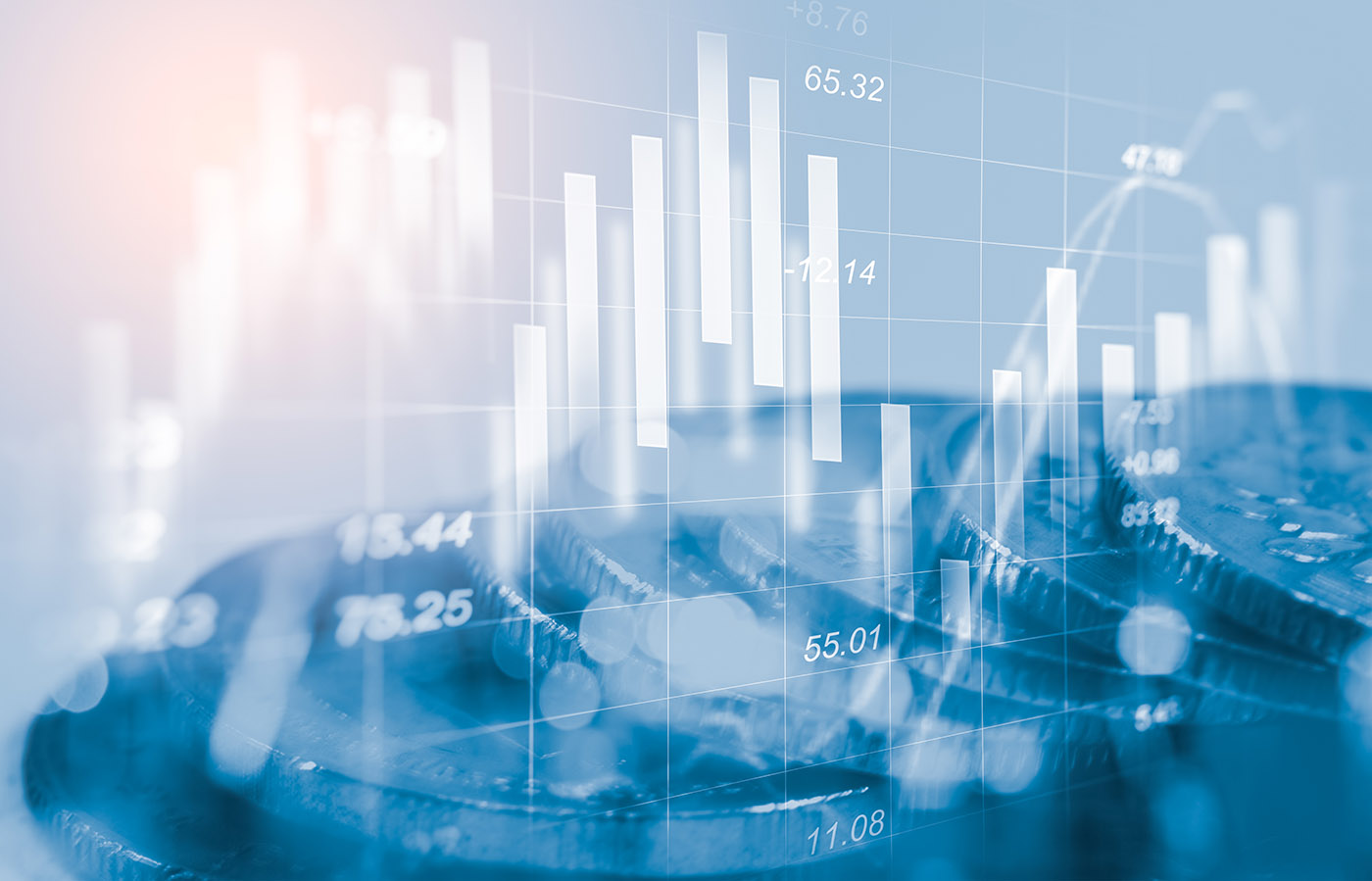
Russian Central Bank Governor Elvira Nabiullina is widely credited with helping Putin prepare Russian economy for the military invasion of Ukraine and the international sanctions that the Kremlin expected to follow.
She is the architect of Putin’s wartime economy and a key reason why the war rages on despite unprecedented economic measures adopted by the West.
This is why, her July 26 press conference statements are remarkable, if not earthshattering. You can find the official transcript here, and watch a video in English that includes the Q&A omitted from the transcript.
Russian Central Bank Governor Elvira Nabiullina is widely credited with helping Putin prepare Russian economy for the military invasion of Ukraine and the international sanctions that the Kremlin expected to follow.
She is the architect of Putin’s wartime economy and a key reason why the war rages on despite unprecedented economic measures adopted by the West.
This is why, her July 26 press conference statements are remarkable, if not earthshattering. You can find the official transcript here, and watch a video in English that includes the Q&A omitted from the transcript.


The usually soft-spoken and diplomatic Central Bank Governor didn’t mince words in describing the present state of the Russian economy in an uncharacteristically gloomy tone.
According to her:
The usually soft-spoken and diplomatic Central Bank Governor didn’t mince words in describing the present state of the Russian economy in an uncharacteristically gloomy tone.
According to her:
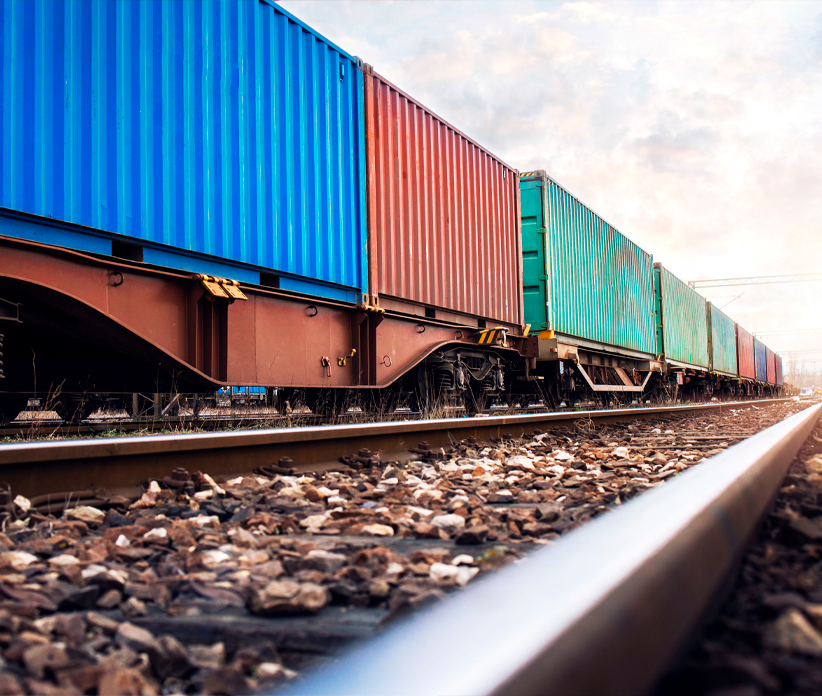

In other words, Nabiullina is openly warning of a looming disaster. The Central Bank rate hike from 16% to 18%, shows that a year of exceptionally tight monetary policy didn’t calm down inflation. Nor is there an end in sight: inflation in the second quarter of 2024 was higher than in the first.
However, when asked whether the Central Bank had considered applying “shock therapy” in the form of raising the interest rate by 5–7 percentage points, Nabiullina said no, invoking “excessive cooling” of the economy.
It implies that the Central Bank is left with a little room for maneuver, and the modest increase in interest rates isn’t likely to succeed where others have failed.
Markets are, to say the least, skeptical. Over 70% of RBC Investments YouTube channel viewers don’t believe that the Central Bank policies will bring down inflation. Russia’s MOEX stock exchange index fell below 3,000 points to a 52-week low.
In other words, Nabiullina is openly warning of a looming disaster. The Central Bank rate hike from 16% to 18%, shows that a year of exceptionally tight monetary policy didn’t calm down inflation. Nor is there an end in sight: inflation in the second quarter of 2024 was higher than in the first.
However, when asked whether the Central Bank had considered applying “shock therapy” in the form of raising the interest rate by 5–7 percentage points, Nabiullina said no, invoking “excessive cooling” of the economy.
It implies that the Central Bank is left with a little room for maneuver, and the modest increase in interest rates isn’t likely to succeed where others have failed.
Markets are, to say the least, skeptical. Over 70% of RBC Investments YouTube channel viewers don’t believe that the Central Bank policies will bring down inflation. Russia’s MOEX stock exchange index fell below 3,000 points to a 52-week low.
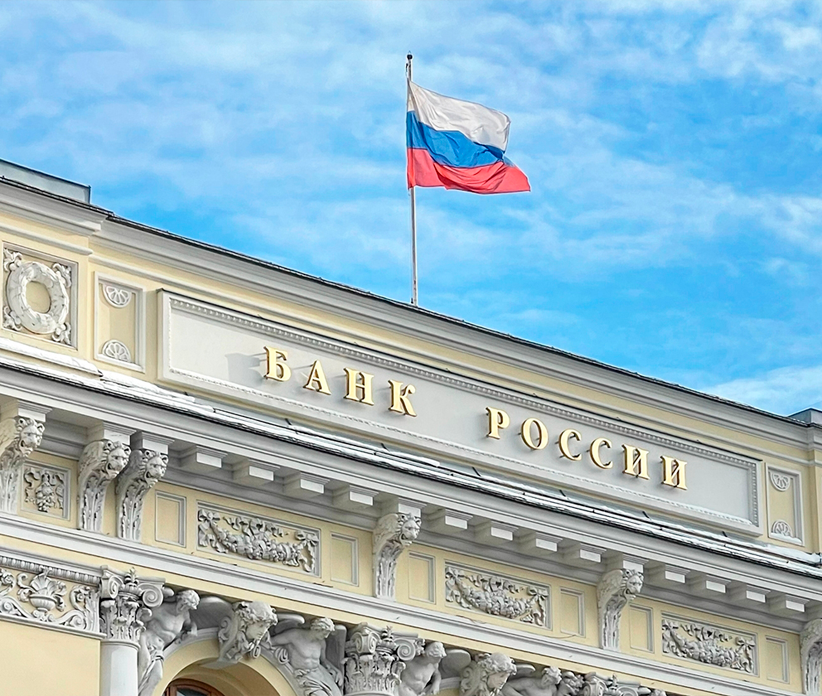

Russian Government Bond Index is approaching all-time lows. The Central Bank has also made it clear that the high interest rate was there to stay: it was forecasted to average 15% in 2025 and 10,5% in 2026.
As follows from Nabiullina’s remarks, inflation in Russia now is driven primarily by factors the Central Bank can’t influence: the budgetary expenses on the war in Ukraine, the labor shortage, and the high transaction costs due to the problems with export-import payments.
Nabiullina’s hopes that the government will “normalize” the budget, that is, bring the spending and deficits under control, are dead on arrival.
The wartime requirements and the impact of Western sanctions has pushed Russia to adopt changes to the federal budget for 2024, increasing planned deficit by a third, from 1,6 to 2,1 trillion rubles- 46% of the remaining cash in the liquidity portion of the National Wealth Fund.
Russian Government Bond Index is approaching all-time lows. The Central Bank has also made it clear that the high interest rate was there to stay: it was forecasted to average 15% in 2025 and 10,5% in 2026.
As follows from Nabiullina’s remarks, inflation in Russia now is driven primarily by factors the Central Bank can’t influence: the budgetary expenses on the war in Ukraine, the labor shortage, and the high transaction costs due to the problems with export-import payments.
Nabiullina’s hopes that the government will “normalize” the budget, that is, bring the spending and deficits under control, are dead on arrival.
The wartime requirements and the impact of Western sanctions has pushed Russia to adopt changes to the federal budget for 2024, increasing planned deficit by a third, from 1,6 to 2,1 trillion rubles- 46% of the remaining cash in the liquidity portion of the National Wealth Fund.
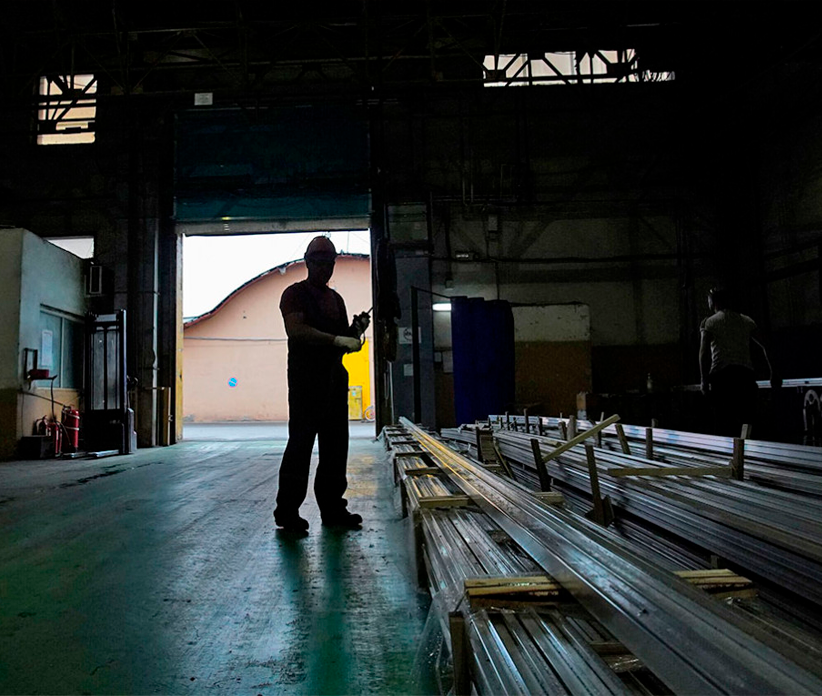

The war against Ukraine is financially burdensome. It is likely that, instead of cutting military spending in 2025, Putin will propose its increase in the coming weeks. State spending on the military is the only thing that makes GDP grow, but the government’s resources are rapidly depleting.
If the National Wealth Fund is used to finance this year’s budget deficit as planned, its liquidity portion (cash and gold) will be down to 2,5 trillion rubles (less than $30 billion) by January 2025. This would enable Russia to sustain the current level of military spending for no more than three months.
Another disrupting factor is the problem with foreign trade payments caused by the threat of secondary sanctions against companies and banks from China and other countries of the Global South. According to Kommersant, about 80% of yuan payments from Russia to China are sent back.
The war against Ukraine is financially burdensome. It is likely that, instead of cutting military spending in 2025, Putin will propose its increase in the coming weeks. State spending on the military is the only thing that makes GDP grow, but the government’s resources are rapidly depleting.
If the National Wealth Fund is used to finance this year’s budget deficit as planned, its liquidity portion (cash and gold) will be down to 2,5 trillion rubles (less than $30 billion) by January 2025. This would enable Russia to sustain the current level of military spending for no more than three months.
Another disrupting factor is the problem with foreign trade payments caused by the threat of secondary sanctions against companies and banks from China and other countries of the Global South. According to Kommersant, about 80% of yuan payments from Russia to China are sent back.
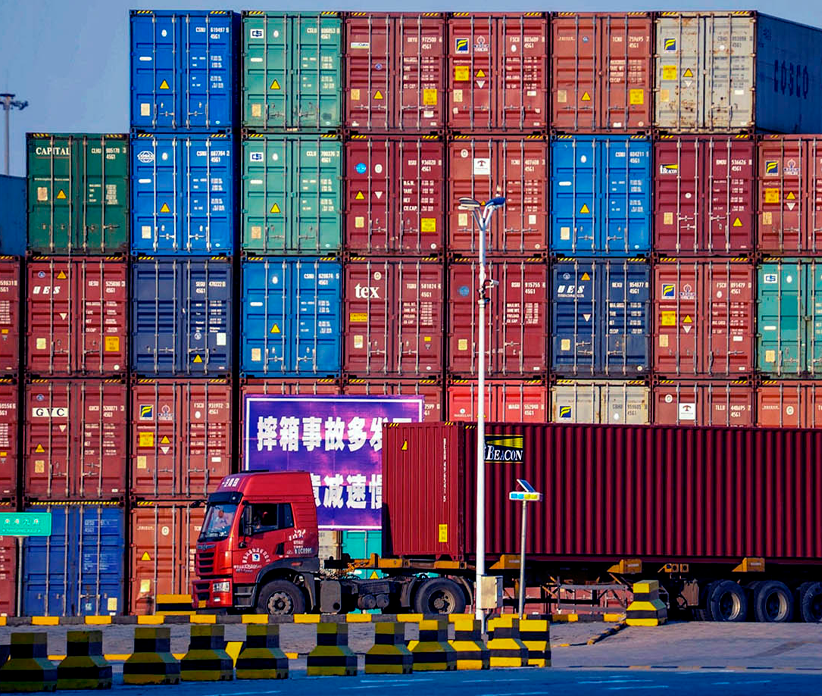

It affects transaction costs, fuels inflation, and, as far as importers are concerned, offsets the positive effects of ruble strengthening. Moreover, it dramatically curtails imports of critical components and technologies required by Russian industries, including the military manufacturing sector.
In June, according to the Russian statistics agency Rosstat, industrial output growth fell below 2% year over year, marking the worst result in 15 months.
Growth in manufacturing of “finished metal products” (weapons and ammunition), “other transport vehicles” (battlefield vehicles), electronics, and optics was also down to 20–30% year over year. (It exceeded 40–50% during previous months.) On top of that, private investment is not coming in, and there have been zero investment entries into Russia from abroad since the beginning of the war in Ukraine. These issues are not going away any time soon, indicating a dead-end situation.
It affects transaction costs, fuels inflation, and, as far as importers are concerned, offsets the positive effects of ruble strengthening. Moreover, it dramatically curtails imports of critical components and technologies required by Russian industries, including the military manufacturing sector.
In June, according to the Russian statistics agency Rosstat, industrial output growth fell below 2% year over year, marking the worst result in 15 months.
Growth in manufacturing of “finished metal products” (weapons and ammunition), “other transport vehicles” (battlefield vehicles), electronics, and optics was also down to 20–30% year over year. (It exceeded 40–50% during previous months.) On top of that, private investment is not coming in, and there have been zero investment entries into Russia from abroad since the beginning of the war in Ukraine. These issues are not going away any time soon, indicating a dead-end situation.
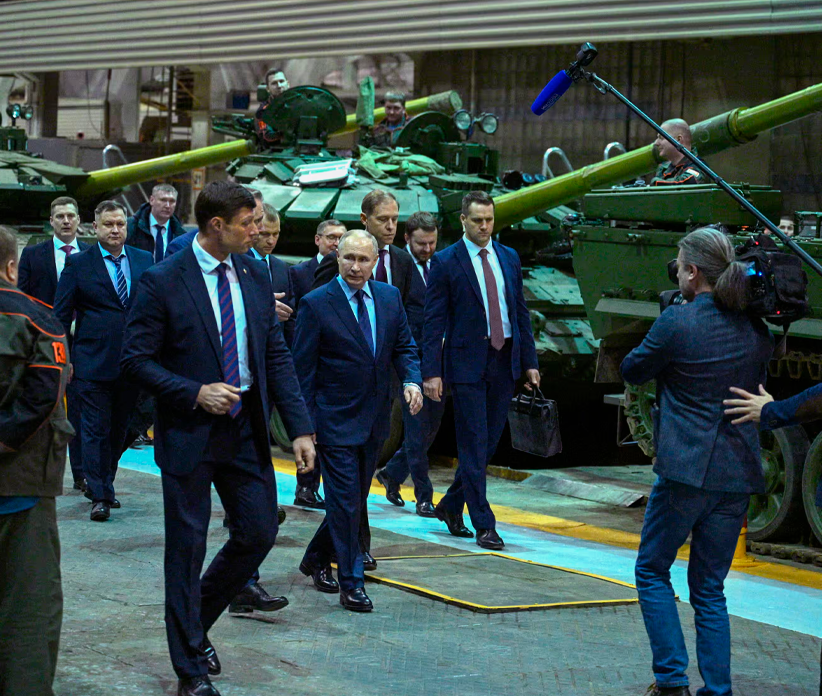

Signs of the Russian authorities’ growing despair about the country’s economic situation multiply, and the past few weeks alone saw a litany of pessimistic acknowledgements.
Nabiullina’s presser, however, is an entirely different matter. For the first time since the full-scale invasion did a top Russian official mention “stagflation” or risks of “deep recession” as a short-term possibility- a new low in bringing home the gravity of current challenges. The sanctions against Russia are working, and the country is reaching its limits on many fronts. Time to take note, roll up the sleeves, and intensify efforts to put brakes on Putin’s war machine.
Signs of the Russian authorities’ growing despair about the country’s economic situation multiply, and the past few weeks alone saw a litany of pessimistic acknowledgements.
Nabiullina’s presser, however, is an entirely different matter. For the first time since the full-scale invasion did a top Russian official mention “stagflation” or risks of “deep recession” as a short-term possibility- a new low in bringing home the gravity of current challenges. The sanctions against Russia are working, and the country is reaching its limits on many fronts. Time to take note, roll up the sleeves, and intensify efforts to put brakes on Putin’s war machine.
More Uncertainty Follows as the Central Bank Yields to Pressure
By Vladimir Milov
January 13, 2025
 Report
Report
Economic reforms and decentralization in Russia
By Sergey Guriev
By Vladimir Milov
May 29, 2024
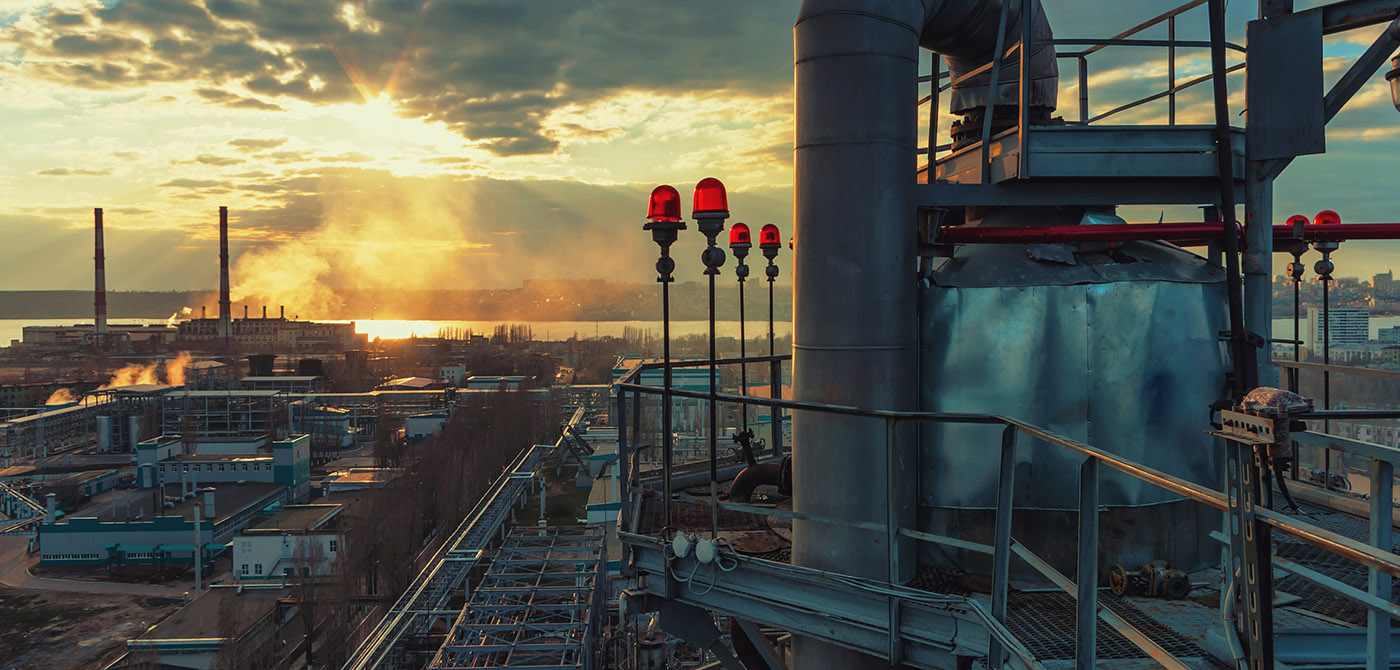 Report
Report
Between inflation and stagflation, lobbyists versus bankers, and the need for sanctions control
By Vladimir Milov
November 20, 2024
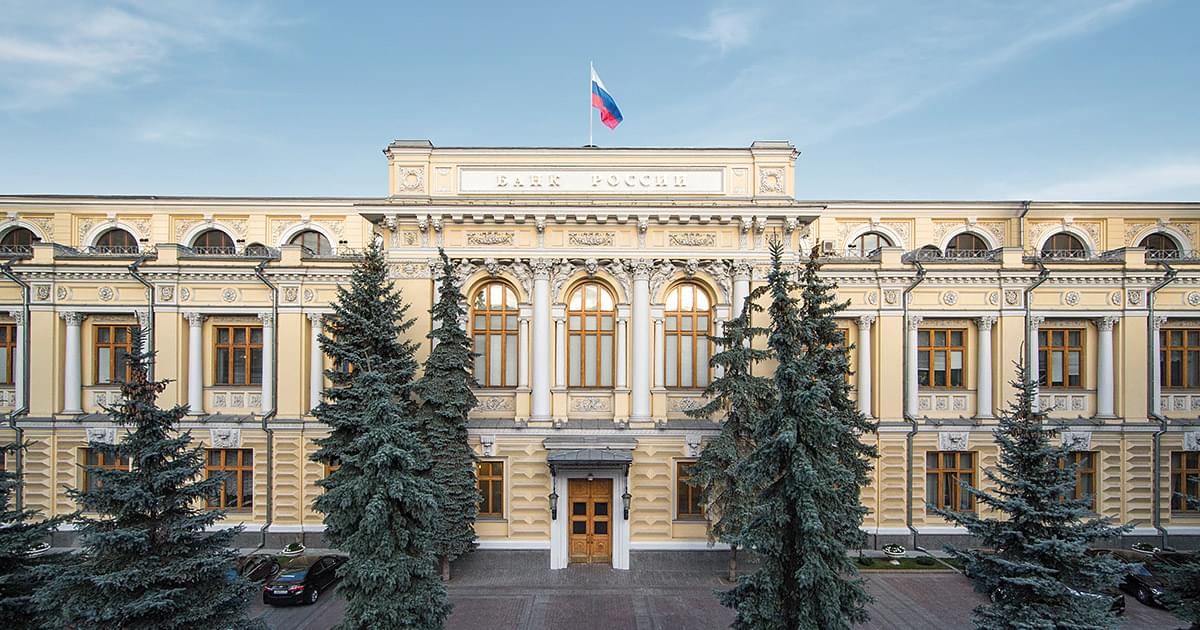
More Uncertainty Follows as the Central Bank Yields to Pressure
By Vladimir Milov
January 13, 2025
 Report
Report
Economic reforms and decentralization in Russia
By Sergey Guriev
By Vladimir Milov
May 29, 2024
 Report
Report
Between inflation and stagflation, lobbyists versus bankers, and the need for sanctions control
By Vladimir Milov
November 20, 2024
